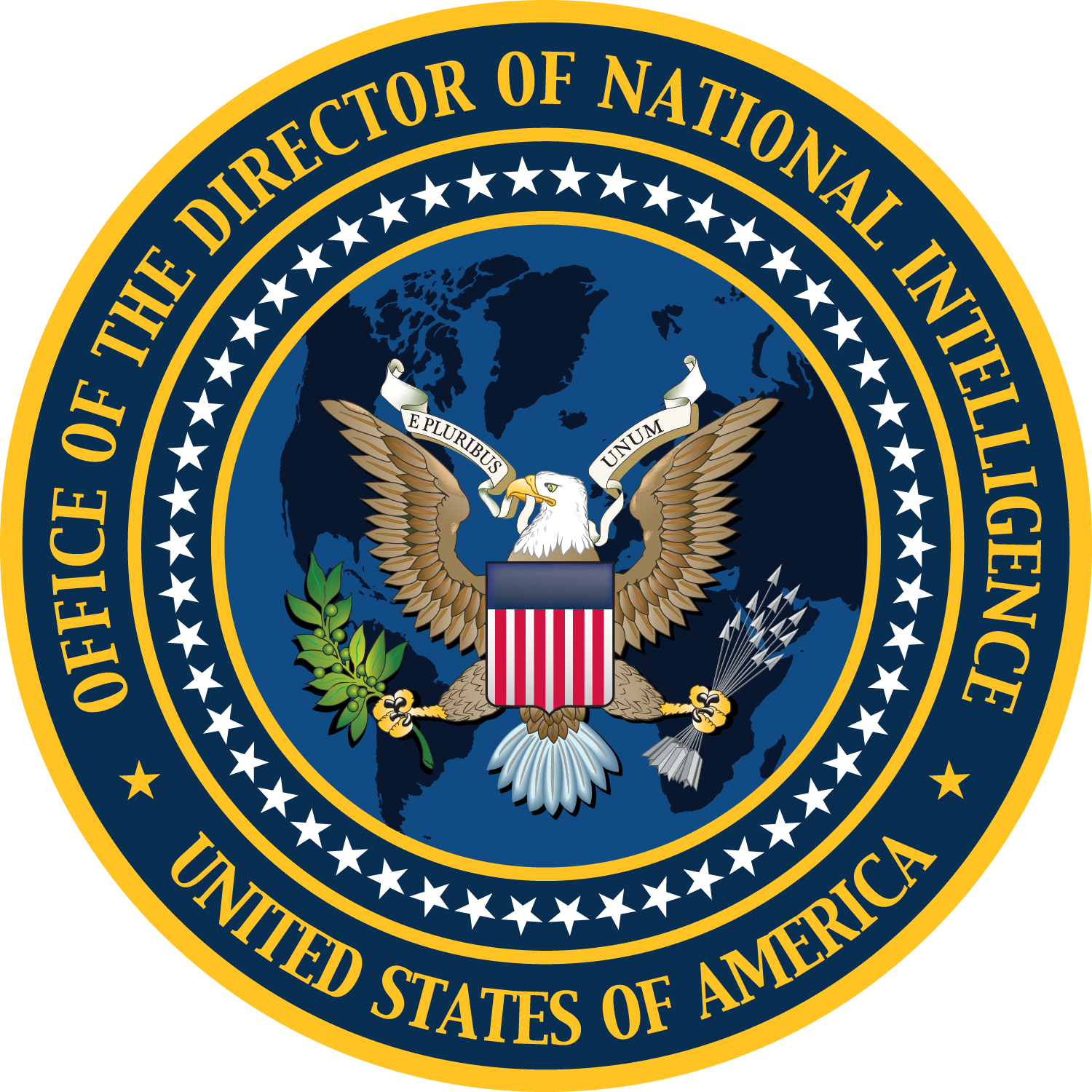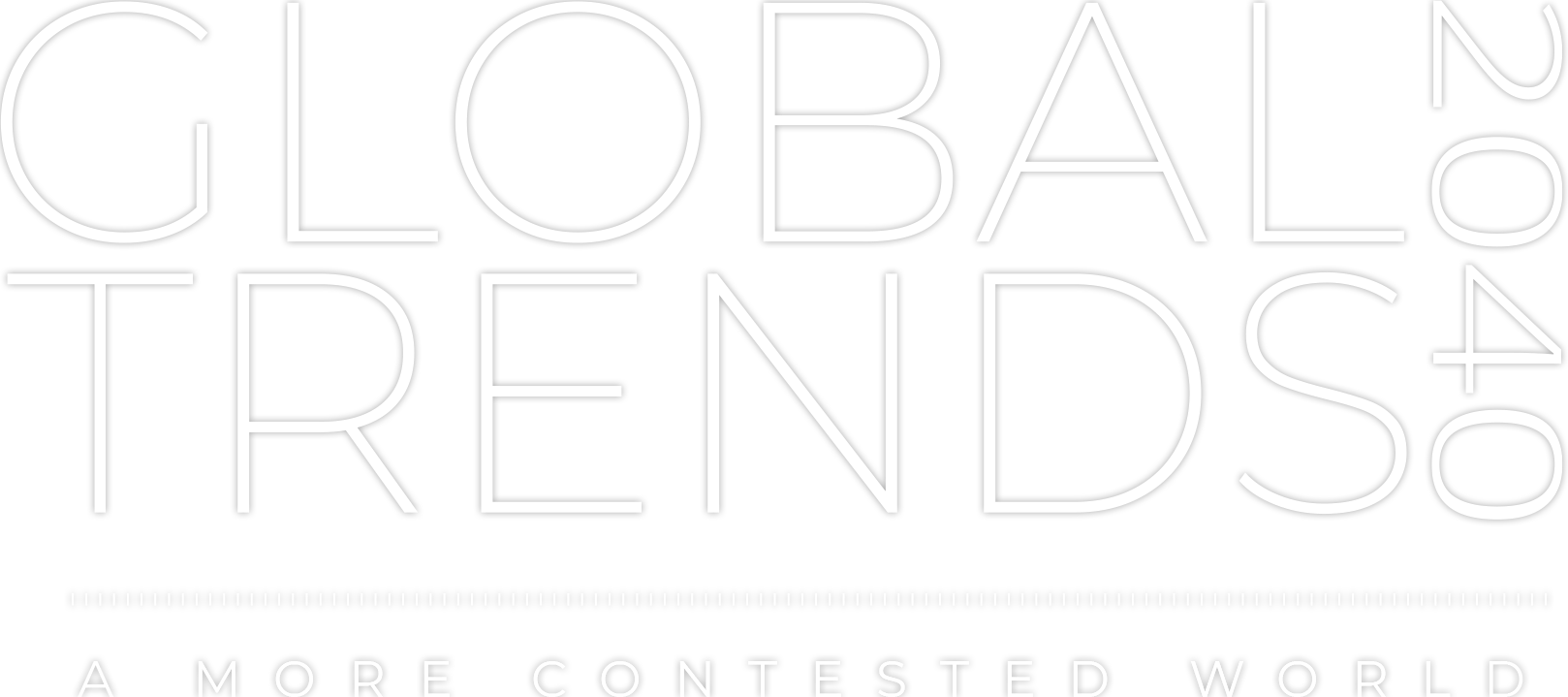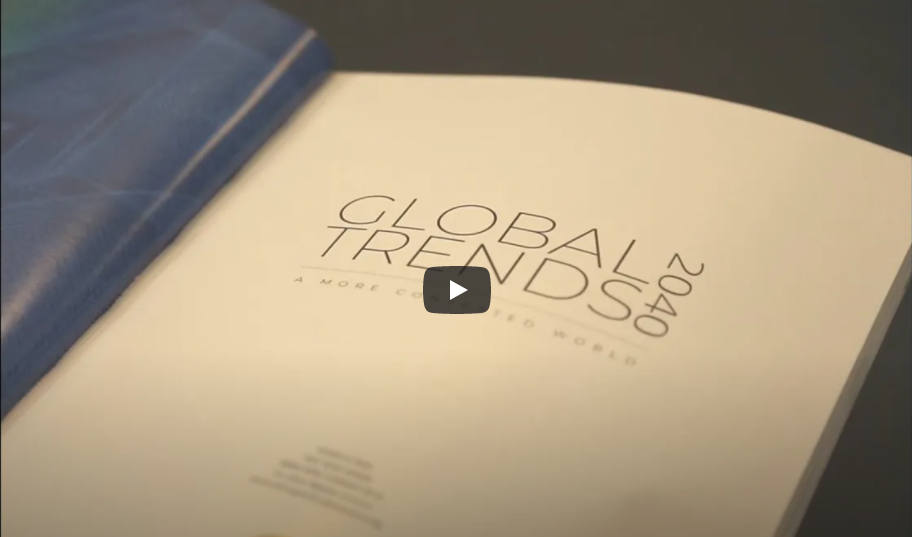WELCOME TO GLOBAL TRENDS 2040
Welcome to the 7th edition of the National Intelligence Council’s Global Trends report. Published every four years since 1997, Global Trends assesses the key trends and uncertainties that will shape the strategic environment for the United States during the next two decades.
Global Trends is designed to provide an analytic framework for policymakers early in each administration as they craft national security strategy and navigate an uncertain future. The goal is not to offer a specific prediction of the world in 2040; instead, our intent is to help policymakers and citizens see what may lie beyond the horizon and prepare for an array of possible futures.
EXECUTIVE SUMMARY
This edition of Global Trends constructs its analysis of the future in several stages. First, we examine structural forces in demographics, environment, economics, and technology that shape the contours of our future world. Second, we analyze how these structural forces and other factors—combined with human responses—affect emerging dynamics in societies, states, and the international system. Third, we envision five plausible scenarios for the distant future in 2040. The key themes discussed above appear across these sections.
THE COVID FACTOR: EXPANDING UNCERTAINTY
The COVID-19 pandemic emerged globally in 2020, wreaking havoc across the world, killing more than 2.5 million people as of early 2021, devastating families and communities, and disrupting economies and political dynamics within and between countries. Previous Global Trends editions forecasted the potential for new diseases and even imagined scenarios with a pandemic, but we lacked a full picture of the breadth and depth of its disruptive potential. COVID-19 has shaken long-held assumptions about resilience and adaptation and created new uncertainties about the economy, governance, geopolitics, and technology.






